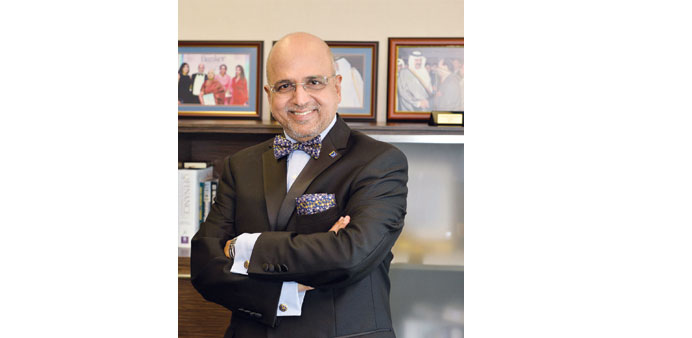By Dr R Seetharaman
The Central bankers from around the globe gathered in Jackson Hole, Wyoming, over the last weekend for the Kansas City Federal Reserve Bank’s annual economic symposium. This year’s symposium topic was ‘Inflation Dynamics and Monetary Policy’.
Following the global financial crisis and Great Recession, inflation has behaved unexpectedly in many advanced economies. In the US, the 12 months through July, the CPI edged up 0.2% and is still below the target of 2%.
The UK’s inflation rate turned positive in July, with the Consumer Price Index measure unchanged at 0% y-o-y from June’s 0%. The inflation rate could fall back again, partly due to the drop in the price of oil, which is already well below the Bank of England’s target of around 2%.
In the whole of the European Union (EU), the year-on-year inflation rate was 0.1% in July 2015 and is below the medium-term target of year-on-year inflation of close to 2%. Consumer prices in Japan rose 0.4% year-on-year in June of 2015, which is below inflation target of 2%.
Advanced economies have faced inflation rates running below targets despite aggressive monetary actions, and the international dimensions of inflation are of increasing importance. These observations make policymakers question to what extent the relationship between inflation and monetary policy has changed.
The other factors which are challenging the Fed’s inflation forecast, including the decline in oil prices and the rising value of the US dollar against other currencies. The inflation process has not been responding as much as many have expected to the cycle of the economy. Hence Fed could be a little more uncertain about forecasting inflation.
Inflation in the present is driven importantly by the expectations that households and businesses have for inflation in the future. When expectations are anchored, they believe, inflation will remain stable.
If expectations shift up or down, actual inflation could follow. Here also, the Fed is getting mixed signals with low yields on government bonds, suggesting investors expect very low inflation well into the future. However, surveys of households and businesses, on the other hand, have been stable since the crisis.
Last week, Federal Reserve Vice Chairman Stanley Fischer said it was still too early to tell if the recent volatility in equities has made a September rate hike more or less compelling, indicating that the lift could still happen in September. He, along with other Fed officials, acknowledged that the global equities sell-off that began recently would influence the timing of a rate hike, which until only a couple of weeks ago, seemed increasingly likely to occur in September.
US stocks slipped on last Friday after comments from Federal Reserve Vice-Chairman Stanley Fischer appeared to suggest an interest rate in September remained a possibility. The Yields were volatile earlier last Friday, with benchmark 10-year Treasury yields bouncing to 2.185% after Fischer’s comments to near their session high, after falling as low as 2.13%. The 10 year yield ended last week at 2.1806%.
Gold and Silver prices softened after comments from Fisher and ended last week at $1,133.60/ounce and $14.59/ounce respectively. The Dollar index had surged after comments from Fisher and ended at 96.106. It had mainly weakened against euro and pound.
At Jackson Hole meeting hawks on the Fed expressed eagerness to raise interest rates for the first time since the Great Recession. They said market volatility as an inevitable byproduct of the easy policy stance since 2008. On the other hand, doves of the Fed think the market volatility is a sign that inflation is going to remain low and there is no reason to rush in and increase.
The Fed’s policy committee does not like to move right in the middle of a global financial storm, the storm that is occurring now and, at least as of now, it is expected to settle down by the September meeting.
The above factors indicate that the next two-and-a-half weeks will be critical for the Fed as well as for global markets. On the whole, Fed will face dilemma on account of inflation expectations set by its policy and recent market volatility.

Dr R Seetharaman is Group CEO of Doha Bank. The views expressed are his own.


